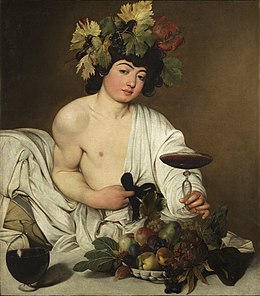**Origins and Development of the Dionysian Mysteries:**
– The Dionysian Mysteries evolved from a primitive initiatory cult, closely linked to the spread of wine rituals.
– The cult became a popular mystery religion within Greek culture, with the Orphic Mysteries as a late form.
– Various theories exist about the cult’s origin, with different stages of development across the eastern Mediterranean.
– Initially thought to have arrived from Thrace or Asia Minor, it is now considered indigenous to Greece.
– Dionysus was not integrated into the Olympian Pantheon until later in Greek history.
**Role of Wine in the Dionysian Cult:**
– Wine was central to the original rite of Dionysus, symbolizing life and death through rituals like wine pouring.
– The intoxicating effects of wine were believed to be due to possession by the god’s spirit.
– Ingredients like poppy, honey, beeswax, ivy, fig, and pine were added to wine, enhancing its symbolic significance.
– Early wine may have contained psychoactive substances, contributing to its effects.
– The cultivation of grapevines and wine fermentation were key aspects of the cult.
**Rites and Practices of the Dionysian Cult:**
– The Dionysian rites were based on a death-rebirth theme common in agricultural cults.
– Spirit possession in the cult involved liberation from societal constraints and a return to nature.
– The cult appealed to marginalized groups such as women, slaves, outlaws, and foreigners.
– Trance induction included altered states from drug use and communal dancing.
– Rites involved invoking spirits with the bullroarer, rhythmic drumming, and piping.
**Legacy and Influence of the Dionysian Mysteries:**
– Parallels exist with other mystery religions like the Eleusinian and Osirian Mysteries.
– The cult’s transformative nature appealed to those seeking liberation from societal norms.
– Ecstatic rituals involved trance states and spirit possession.
– The association with wine, nature, and rebirth provided insights into human psychology.
– Attempts by Greek rulers to control or suppress the cult were met with limited success.
**Symbolism and Epithets of Dionysus:**
– Dionysus is associated with sacred animals like leopards, bulls, lions, goats, and serpents.
– Epithets like Taurokephalos and Tauros reflect Dionysus’ connection to bulls.
– Invocations from Orphic hymns describe Dionysus as loud-roaring, revelling, primeval, and Bacchic lord.
– Dionysus is portrayed as wild, secretive, two-horned, ivy-covered, and bull-faced.
– The Bacchic ritual aimed to induce enthusiasm and unity with the god, emphasizing his various attributes.
The Dionysian Mysteries were a ritual of ancient Greece and Rome which sometimes used intoxicants and other trance-inducing techniques (like dance and music) to remove inhibitions and social constraints, liberating the individual to return to a natural state. It also provided some liberation for men and women marginalized by Greek society, among which were slaves, outlaws, and non-citizens. In their final phase the Mysteries shifted their emphasis from a chthonic, underworld orientation to a transcendental, mystical one, with Dionysus changing his nature accordingly. By its nature as a mystery religion reserved for the initiated, many aspects of the Dionysian cult remain unknown and were lost with the decline of Greco-Roman polytheism; modern knowledge is derived from descriptions, imagery and cross-cultural studies.

